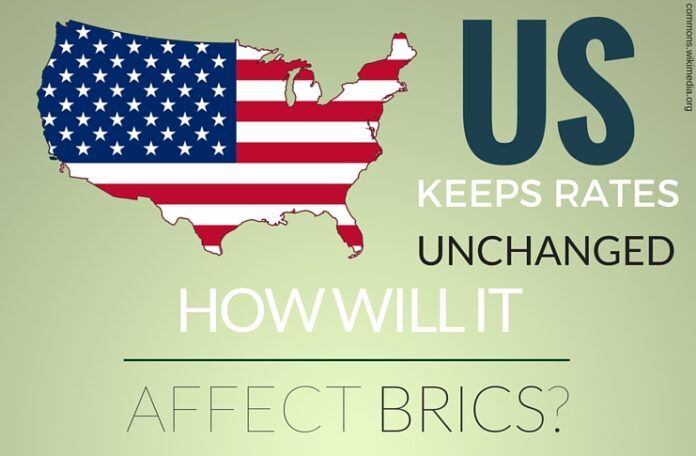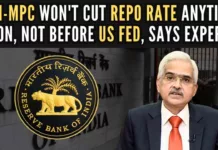
Another month, another Fed meeting and another decision to keep interest rate the same.
I had written last October, on the possibility of the United State (US) Federal Reserve not raising rates in 2016. Looking at the unemployment numbers in the US, one would think that things are humming along. That begs the question as to why the Fed is shy of raising rates. Since the Fed is apolitical, let us set aside for the moment that it is an election year.
-
Low Unemployment Rate – US added just 160,000 jobs last month, an indication that the global slowdown is beginning to cast its shadow. Last month, the government reported that the economy barely grew in the first quarter. But most experts say the increases in the labor market in recent months are a dependable signal, suggesting that the rate of growth will pick up after a stagnant start to the year and that the economy will continue to expand for the rest of 2016.
-
Economy is growing slowly – April’s slower but steady speed of payroll increase could be a sign of things ahead. With economists expecting the market to grow at an annual rate of 1.5 to 2.5 percent for the remaining part of 2016, monthly job gains may drop from the 192,000 pace registered so far this year.
-
Producer Price Index (PPI) is decreasing – On April 13, the US Bureau of Labor Statistics reported that PPI for final demand decreased 0.1% in March; services declined 0.2%, goods rose 0.2%. In other words, inflation is tame. In fact, the rate of inflation is decreasing – it was 1.4% in January and has fallen to 0.9% in March. This is the main factor that the Fed looks at before raising the interest rate.
-
China’s slowing growth – Nobody outside of China believes that its economy is growing at 7%. Let us take the US for an example – We get the first approximation, which might be negative, and after that the second estimate, which may not be better. Through which time people stopped paying attention, then the third approximation may unexpectedly be positive. GDP continues to be revised years afterwards. It’s demanding to measure a huge economy. But China doesn’t even revise its GDP growth amount. It comes out soon after the quarter stands and ends as rock-solid as the Communist Party itself. And it always matches or exceeds the objective that is decreed. China is not just experiencing a hard landing, it might even be slipping into a recession!
How does this affect a growing economy like India? Among the BRICS countries, India is best positioned to grow (plus the world believes India’s numbers). India’s population continues to grow fast and it needs to figure out a way to keep the young workforce occupied. For this, a re-think in the investment priorities is a must. Will the NDA government address this? Only time will tell.
- Indian Parliament’s Special Session is convened to mark the shifting to new Parliament building - September 3, 2023
- Why did Rajat Sharma of India TV not declare that Adani owns more than 16% shares in his channel? - January 29, 2023
- Prannoy Roy to get Rs.605 crore from Adani as per Stock Exchange filing. Why is Income Tax not acting on Roys’ dues of over Rs.800 crore? - January 4, 2023










